


control
A1 hook brake
A2 weapon disarm

The Douglas A-4 Skyhawk is a single-seat subsonic carrier-capable light attack aircraft designed and produced by the American aerospace manufacturer Douglas Aircraft Company, and later, McDonnell Douglas. It was originally designated A4D under the United States Navy's pre-1962 designation system


The Skyhawk was developed during the early 1950s on behalf of the U.S. Navy and United States Marine Corps as a replacement for the propeller-driven Douglas A-1 (AD) Skyraider. The A-4 is by comparison, a compact, straightforward, and lightweight aircraft for the era. Its maximum takeoff weight of 24,500 pounds (11,100 kg) being roughly half of the Navy's weight specification. The Skyhawk has a short-span delta wing configuration, a tricycle undercarriage, and is powered by a single turbojet engine. The U.S. Navy issued a contract for the aircraft on 12 June 1952. On 22 June 1954, the XA4D-1 prototype performed its maiden flight; it went on to set a world speed record of 695.163 mph on 15 October 1955.[1] On 1 October 1956, the Skyhawk was introduced to operational service.

The Skyhawk's five hardpoints support a variety of missiles, bombs, and other munitions. It is capable of carrying a bomb load equivalent to that of the World War II-era Boeing B-17 bomber, and can deliver nuclear weapons using a low-altitude bombing system and a "loft" delivery technique. Furthermore, it pioneered the concept of "buddy" air-to-air refueling, enabling an aircraft to supply others and reduce the need for dedicated aerial tankers. The Skyhawk was originally powered by the Wright J65 turbojet engine; from the A-4E onwards, the Pratt & Whitney J52 engine was used instead. The Skyhawk was in production through to February 1979, by which point 2,960 aircraft had been delivered to a variety of operators. 555 aircraft alone were built as dedicated two-seat trainers.

The Skyhawk saw active combat on several occasions. The U.S. Navy operated the type as its principal light attack aircraft during the Vietnam War, carrying out some of the first air strikes by the U.S. during the conflict. The Skyhawk was the Israeli Air Force's main ground attack aircraft during both the War of Attrition and the Yom Kippur War. In the Falklands War, Argentine Air Force Skyhawks bombed Royal Navy vessels, sinking the Type 42 destroyer Coventry and the Type 21 frigate Ardent. Kuwaiti Air Force Skyhawks saw action during Operation Desert Storm. In 2022, nearly seven decades after the aircraft's first flight in 1954, a number of Skyhawks[2] remain in service with the Argentine Air Force and the Brazilian Naval Aviation.[3]

Have fun!
Specifications
Spotlights
- LJh1 11 months ago
General Characteristics
- Successors 2 airplane(s) +70 bonus
- Created On Android
- Wingspan 90.9ft (27.7m)
- Length 78.9ft (24.0m)
- Height 33.4ft (10.2m)
- Empty Weight N/A
- Loaded Weight 43,186lbs (19,589kg)
Performance
- Power/Weight Ratio 3.902
- Wing Loading 92.4lbs/ft2 (451.0kg/m2)
- Wing Area 467.6ft2 (43.4m2)
- Drag Points 5912
Parts
- Number of Parts 212
- Control Surfaces 5
- Performance Cost 1,325

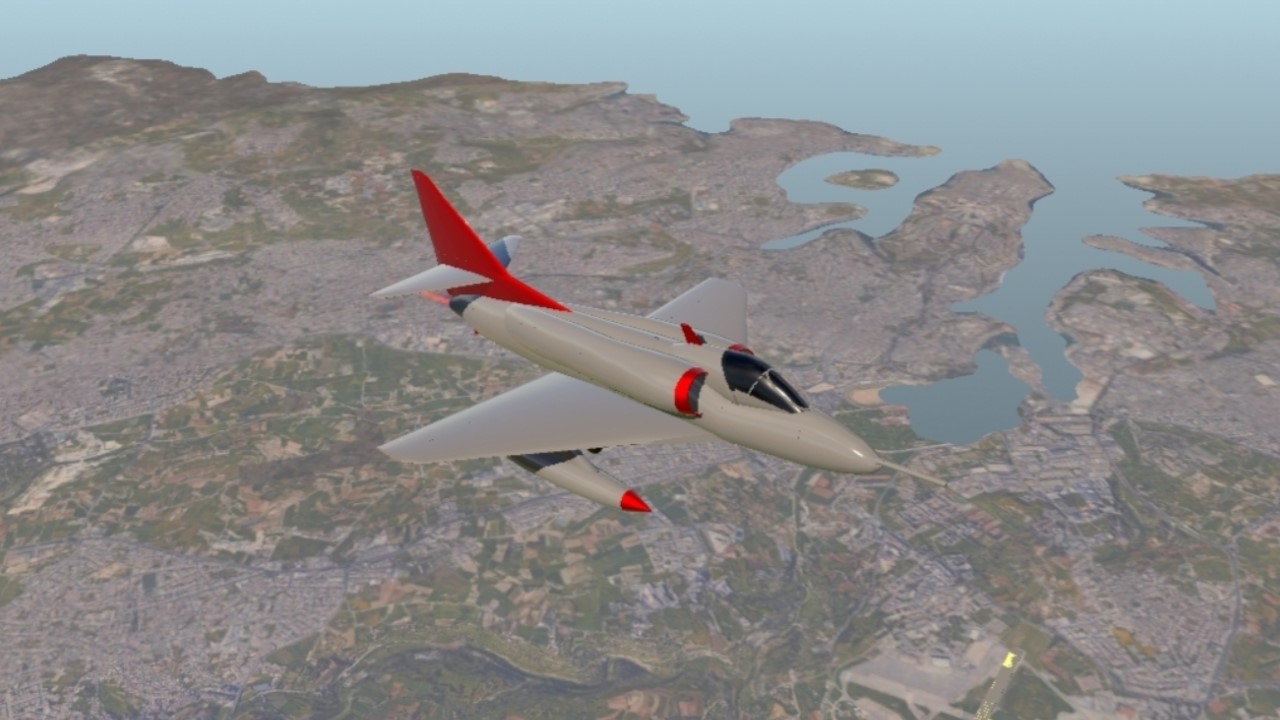
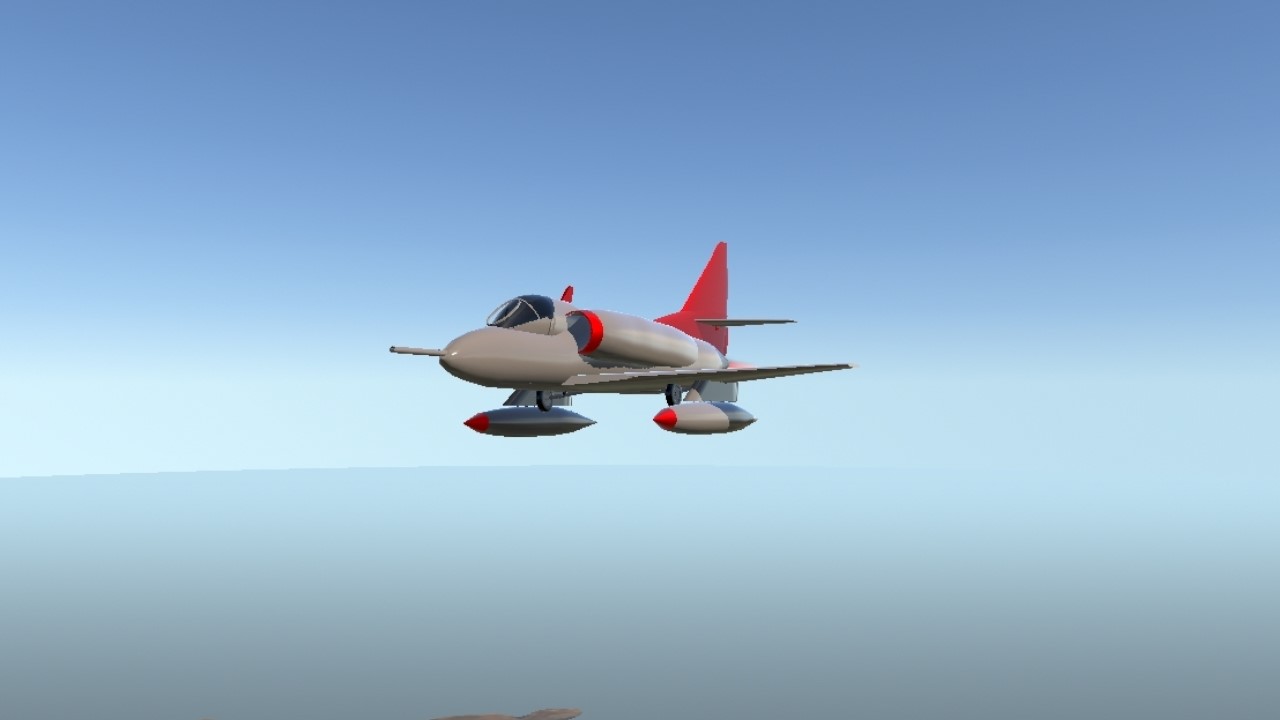
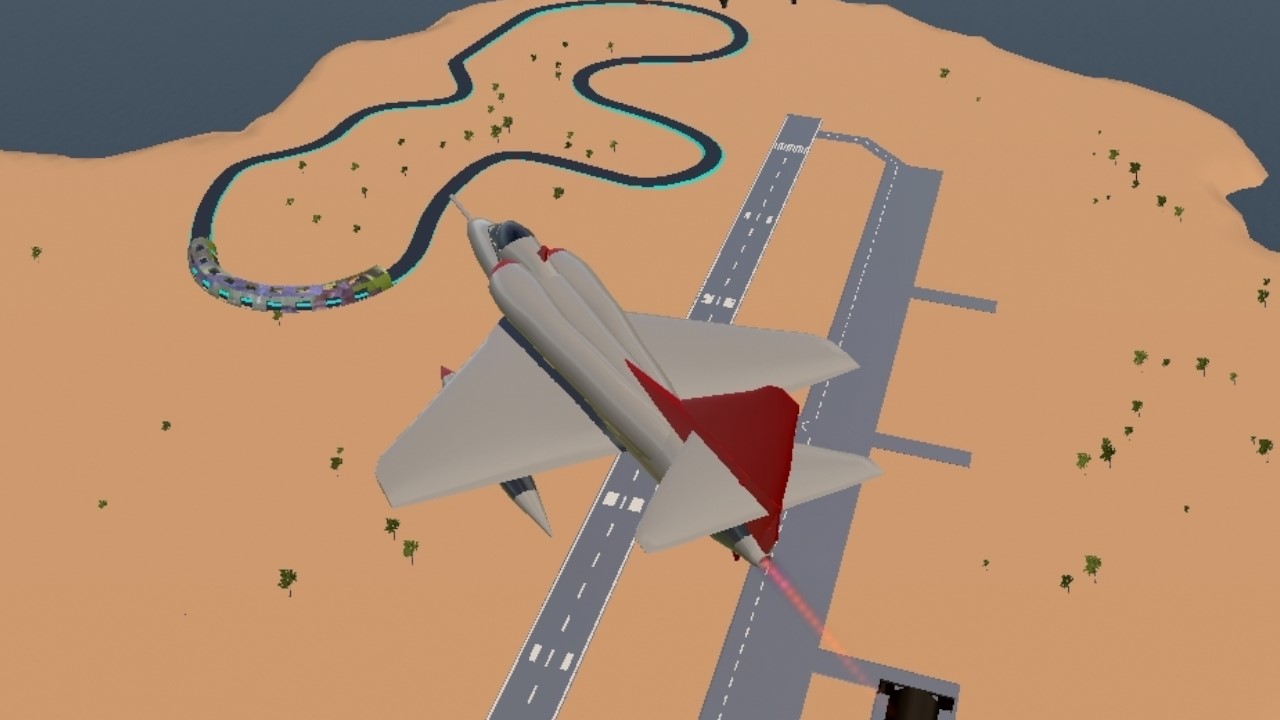
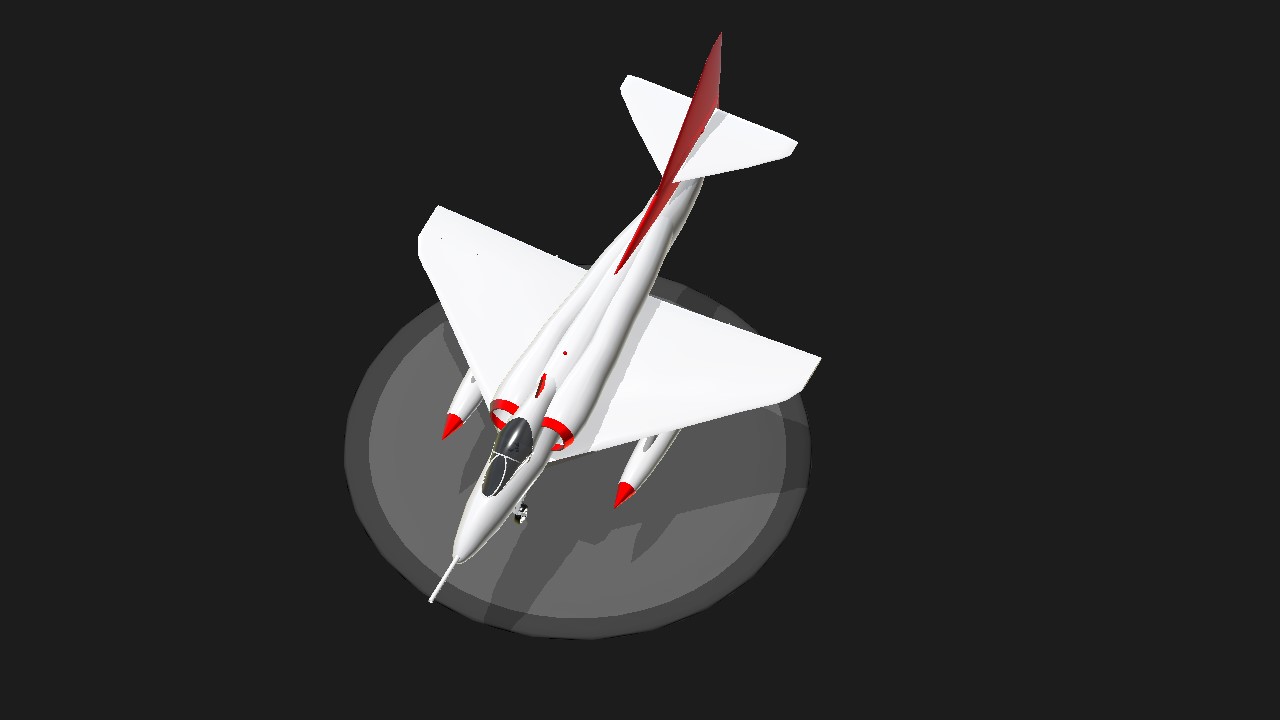
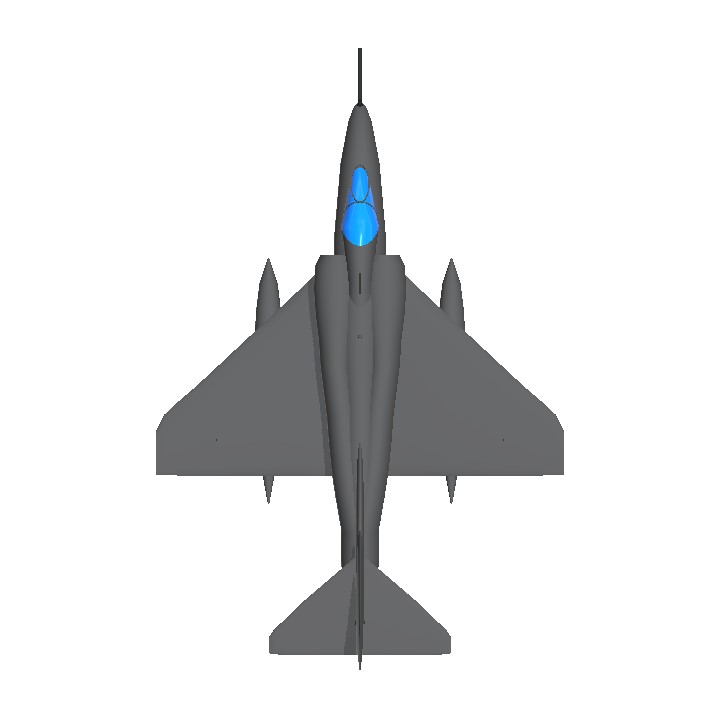
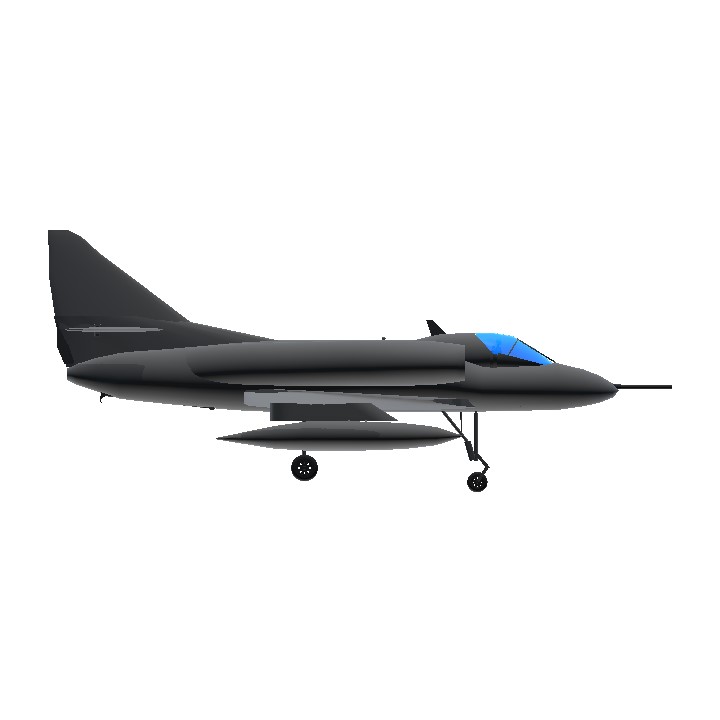

You did good job
@MonsNotTheMonster here
Cool map! But what's the map name? Where did u find that?
What map is that?
@Chaunhkhoa forgetting details is fine, effort is still effort, the most we can do is catch up on rest and sleep if we haven't already , view more images and drawings or do both of that.
@MrCOPTY thank you so much ❤️
@TheCommentaryGuy um i forgot it was the fuel hose
i was so careless
why is there pitot tube?
unless that's suppose to be the refueling probe, which is located on the right wing